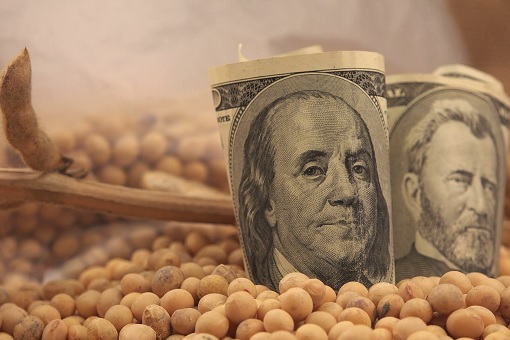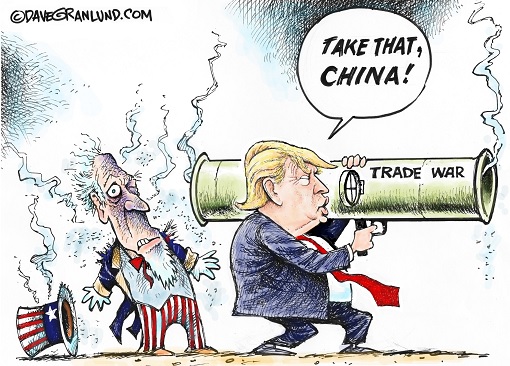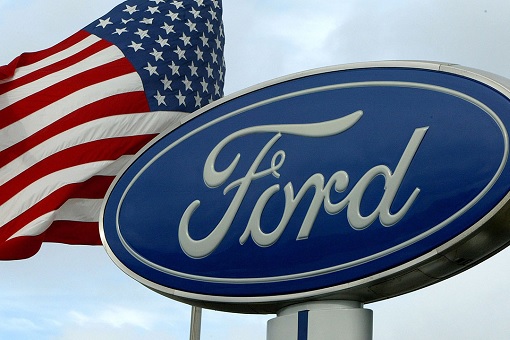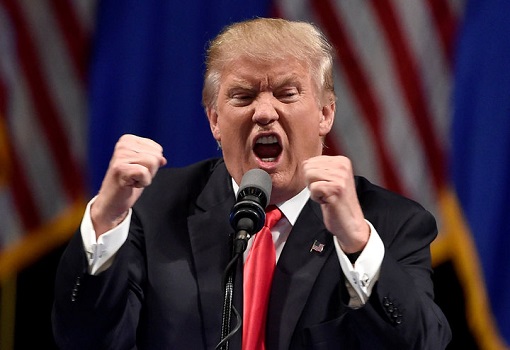China has made good on its promise to retaliate against President Donald Trump’s latest 10% tariff on US$300 billion worth of Chinese goods. On Friday (August 23), the Chinese State Council announced it decided to slap tariffs ranging from 5% to 10% on US$75 billion U.S. goods in two batches – effective on Sept. 1 and Dec. 15 – the same dates the Trump’s tariffs are set to kick in.
The US$75 billion worth of 5,000 U.S. products to be taxed are on the remaining U.S. imports it has yet to punish. In addition, China said a 25% tariff will be imposed on U.S. cars and a 5% on auto parts and components – to go into effect on December 15. Apparently, it had paused these tariffs in April to determine what would be Trump’s next action.
Although details are sketchy at this moment, Bloomberg reported that an extra 5% tariff – on top of the existing 25% – will be slapped on American soybeans starting next month. Also the tariffs beginning in September include 10% for pork, beef, and chicken, and other agricultural goods. Starting in December, wheat, sorghum, and cotton will also get a 10% tariff.

Beijing’s statement said – “In response to the measures by the U.S., China was forced to take countermeasures. The Chinese side hopes that the U.S. will continue to follow the consensus of the Osaka meeting, return to the correct track of consultation and resolve differences, and work hard with China to end the goal of ending economic and trade frictions.”
Earlier this month, Trump suddenly announced plans to slap 10% tariff beginning September 1 on US$300 billion of Chinese products after talks broke down in May, only to stunningly postpone it to December 15. The president argued that he wanted to soften the impact on consumers for the holiday season, something which China called Trump’s declaration of war on “Christmas”.
Most of Apple’s products are assembled in China and hence, will be subject to an additional 10% import tax later this year. The products that are due to go into effect on September 1 as a result of Trump’s latest 10% tariff include products like the Apple Watch and AirPods, while the iPhone, iPad, and MacBook won’t be hit until December 15.

Last Friday, as usual, Trump blew his trumpet, saying that “the longer the trade war goes on, the weaker China gets and the stronger we get.” Amusingly, on the same day, a new report released by the New York Federal Reserve found some businesses and manufacturing leaders said the trade war is increasing prices and reducing their profits when compared to a year ago.
China has already retaliated against the U.S.’ 10% tariff on an additional US$300 billion of Chinese goods when it deliberately devalues its currency Yuan (Renminbi) and officially suspends purchases of American agricultural products. With the latest tariffs on US$75 billion of American goods, it seems Beijing has for the first time taken the lead role in offensive instead of defensive.
BMW, Tesla, Ford and Mercedes Benz are likely to be the hardest hit by the Chinese auto tariffs. In 2018, BMW alone exported about 87,000 luxury SUVs to China from a plant near Spartanburg, a city in northern South Carolina. Together, Ford, BMW, Mercedes and others export about 250,000 vehicles to China from the U.S. each year.

Essentially, with existing general duties on automobiles taken into account, the total tariff charged on U.S. made cars would be as high as 50%. Trump went ballistic, saying – “We don’t need China and, frankly, would be far better off without them. Our great American companies are hereby ordered to immediately start looking for an alternative to China, including bringing your companies HOME and making your products in the USA.”
But President Trump’s tweet, which was seen as a desperate and immature reaction against China, has made the situation worse. Stocks plunge like a rock as the DJIA (Dow Jones Industrial Average) drops 450 points. Hey, didn’t he say trade wars are easy to win and the Chinese are getting weaker because the Americans become stronger?
Beijing will also impose a new 5% tariff on oil from the U.S., although there aren’t any new taxes on liquefied natural gas. China’s retaliation comes at a vulnerable moment for the U.S. economy, as experts sound the alarm about flashing recession signals, which continue to surface despite low unemployment and strong consumer spending.

To add salt into injury, the manufacturing sector in the United States has contracted for the first time in a decade. The U.S. manufacturing purchasing managers’ index fell to 49.9 in August from 50.4 in July, according to IHS Markit. It is the first time the closely watched indicator has fallen below 50 since September 2009.
Earlier this week, JPMorgan analysts calculated that after the 10% tariff goes into effect, American families will be burdened with US$1,000 in additional costs from all tariffs on Chinese goods annually. If the upcoming tariffs are raised to 25%, as Trump has warned and threatened, consumers’ costs could go as high as US$1,500 a year.
Other Articles That May Interest You …
- Oops!! President Trump Accidentally Admits That Americans Pay For His Tariffs On China
- It’s Not Over Yet – Promised To Take The Necessary Countermeasure, China Could Target The U.S. Oil
- Trump Blinked Again – Postponed Tariffs On $300 Billion Chinese Goods Under The Pretext Of Saving Christmas
- China Strikes Back!! – Trade War Becomes Currency War After Suspends U.S. Agricultural Goods & Devalues Currency
- Economists Thought China’s Economy Depends On The World – But McKinsey Research Shows Otherwise
- What Trump Doesn’t Want His Supporters To Know – China Lowered Tariffs To Everyone Except The U.S.
- China’s New Message To The U.S. – “Negotiate – Sure!”, “Fight – Anytime!”, “Bully Us – Dream On!”
- Forget OPEC – These 3 Powerful Men Will Determine & Control The World Oil Prices
- China Reveals Strategy To Fight U.S. Trade War – Stop Buying American Debt

|
|
August 24th, 2019 by financetwitter
|


|

|

|

|

|

|




























Comments
Add your comment now.
Leave a Reply